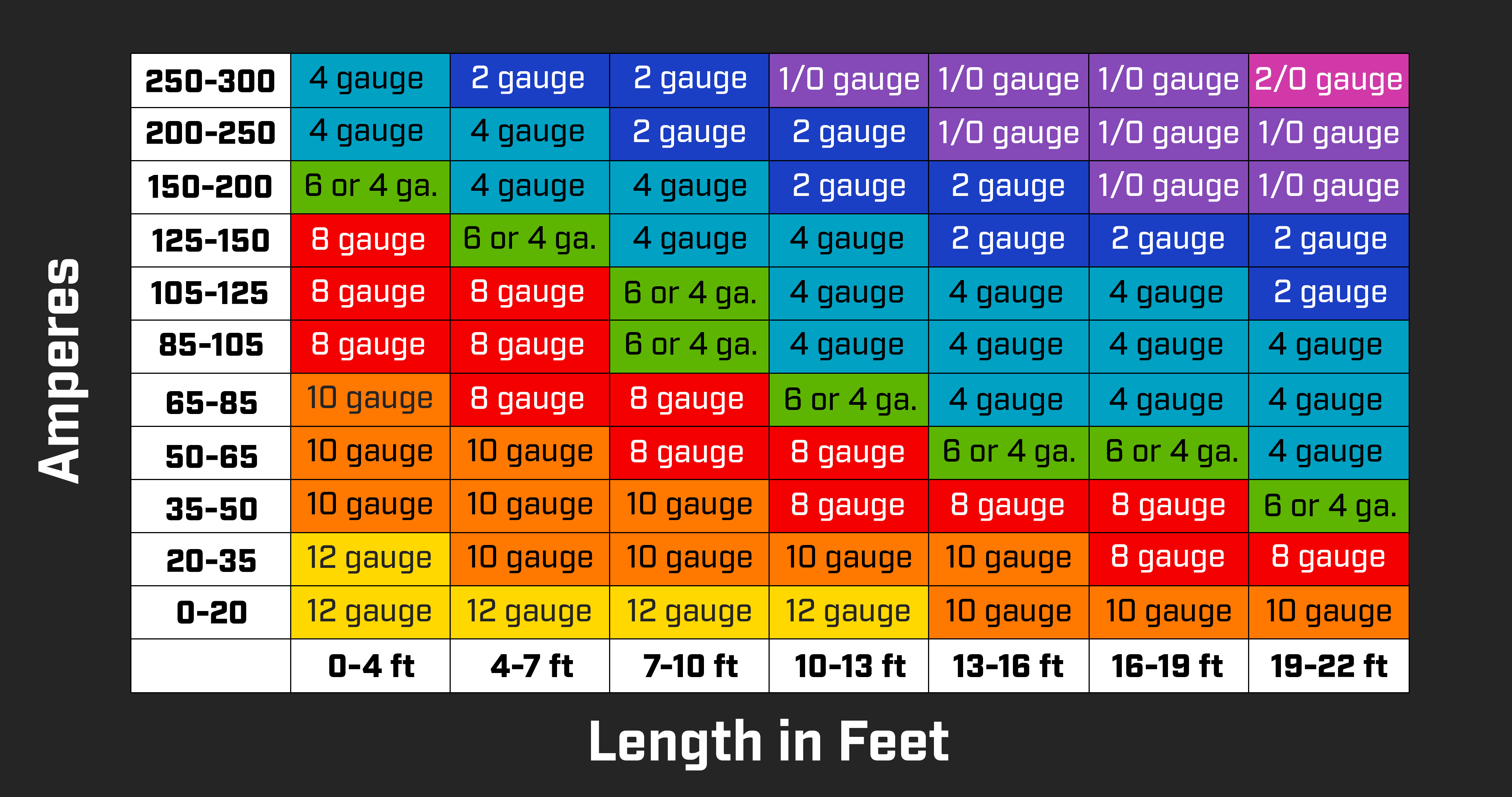
Today, most of the millions of kilometres of twisted pairs in the world are outdoor landlines, owned and maintained by telephone companies, used for voice service. By 1900, the entire American telephone network was either twisted pair or open wire with transposition to guard against interference. Twisted-pair cabling was invented by Alexander Graham Bell in 1881. Such open-wire balanced lines with periodic transpositions still survive today in some rural areas. This represented an early implementation of twisting, with a twist rate of about four twists per kilometre, or six per mile. In this way, the two wires would receive similar EMI from power lines. In wire transposition, the wires exchange position once every several poles. Within a few years, the growing use of electricity again brought an increase of interference, so engineers devised a method called wire transposition, to cancel out the interference. Two wires, strung on either side of cross bars on utility poles, shared the route with electrical power lines. Telephone companies converted to balanced circuits, which had the incidental benefit of reducing attenuation, hence increasing range.Īs electrical power distribution became more commonplace, this measure proved inadequate. Interference on telephone lines is even more disruptive than it is on telegraph lines. For new installations, however, it was necessary to protect against existing trams from the outset. In some countries, the tram companies were held responsible for disruption to existing telegraph lines and had to pay for remedial work. In the 1880s electric trams were installed in many cities, which induced noise into these circuits. The earliest telephones used telegraph lines which were single-wire earth return circuits. History Wire transposition on top of pole UTP is the primary wire type for telephone usage and is very common for computer networking. In contrast to shielded or foiled twisted pair (typically S/FTP or F/UTP cable shielding), UTP cable is not surrounded by any shielding. For this reason it is commonly specified that, at least for cables containing small numbers of pairs, the twist rates must differ. When nearby pairs have equal twist rates, the same conductors of the different pairs may repeatedly lie next to each other, partially undoing the benefits of twisting. The twist rate (also called pitch of the twist, usually defined in twists per metre) makes up part of the specification for a given type of cable. Provided the interfering source remains uniform, or nearly so, over the distance of a single twist, the induced noise will remain common-mode. Twisting the pairs counters this effect as on each half twist the wire nearest to the noise-source is exchanged. This problem is especially apparent in telecommunication cables where pairs in the same cable lie next to each other for many miles. The noise thus produces a common-mode signal which can be cancelled at the receiver by detecting the difference signal only, the latter being the wanted signal.Ĭommon-mode rejection starts to fail on untwisted wires when the noise source is close to the signal wires the closer wire will couple with the noise more strongly and the receiver will be unable to eliminate it. The twisting ensures that the two wires are on average the same distance from the interfering source and are affected equally.

The idea is that the currents induced in each of the two wires are very nearly equal. Cable with shielding is known as shielded twisted pair ( STP) and without as unshielded twisted pair ( UTP).Ī twisted pair can be used as a balanced line, which as part of a balanced circuit can greatly reduce the effect of noise currents induced on the line by coupling of electric or magnetic fields.


įor additional noise immunity, twisted-pair cabling may be shielded. It was invented by Alexander Graham Bell.

Compared to a single conductor or an untwisted balanced pair, a twisted pair reduces electromagnetic radiation from the pair and crosstalk between neighbouring pairs and improves rejection of external electromagnetic interference. Twisted pair cabling is a type of communications cable in which two conductors of a single circuit are twisted together for the purposes of improving electromagnetic compatibility. This article is about the type of wiring.


 0 kommentar(er)
0 kommentar(er)
